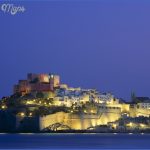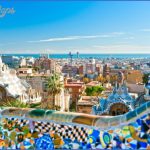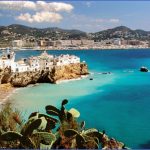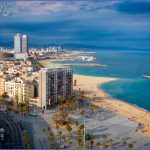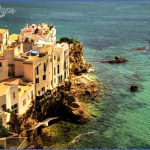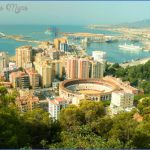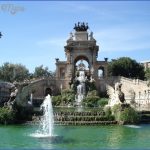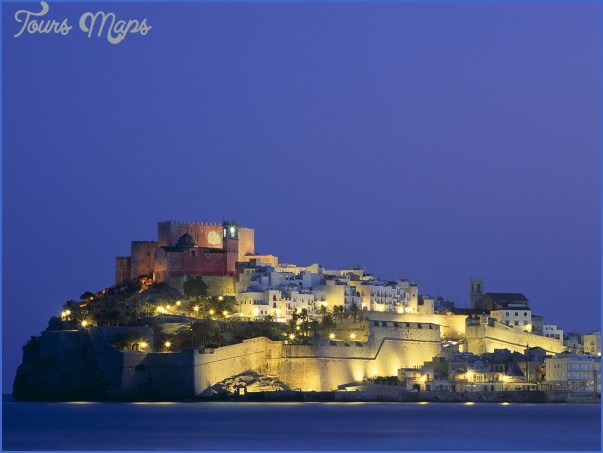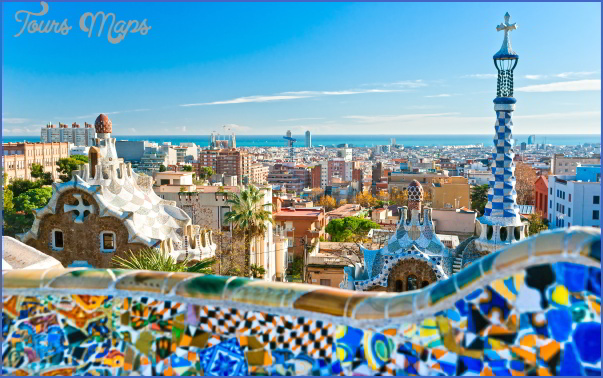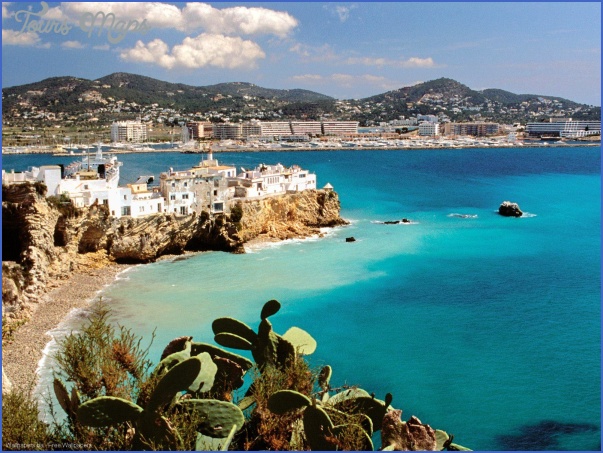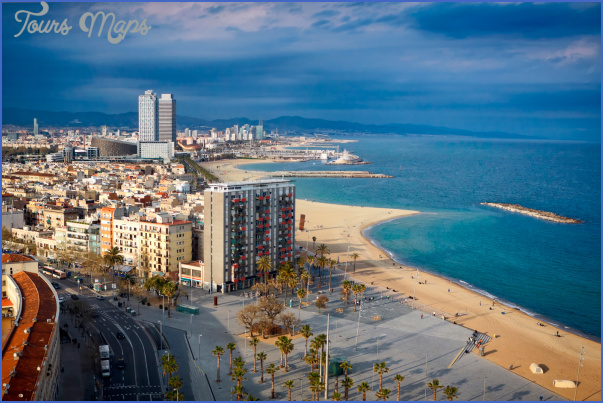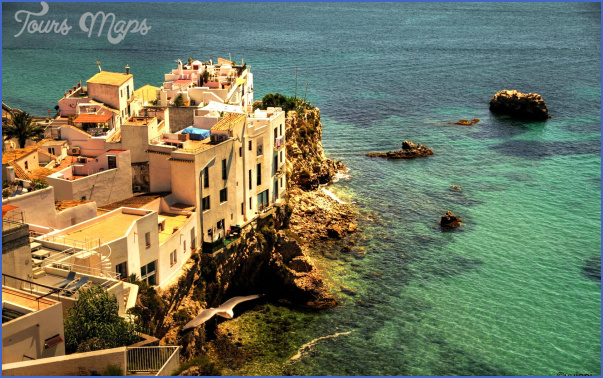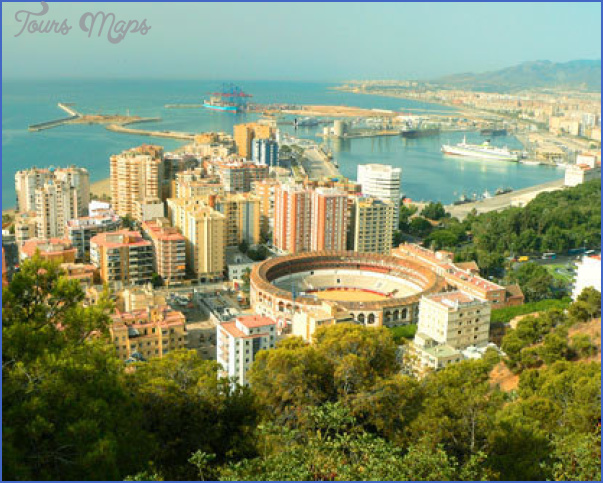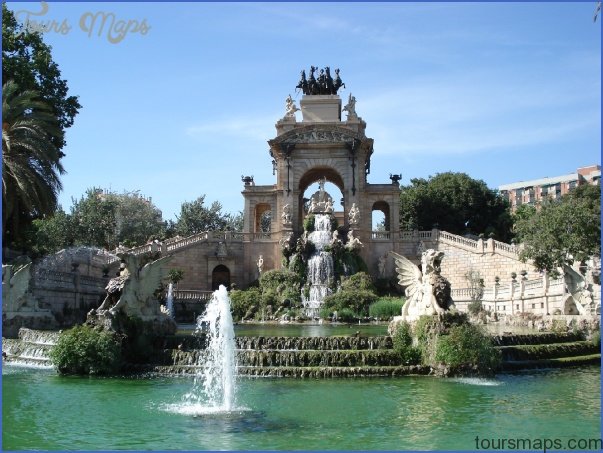Spain, a country of 37.5 million people, sees forty million visitors, mostly other Europeans, each year who contribute $6.5 billion to the Spanish economy. There is more than enough to see and do in Spain. There are castles in Spain, a multitude of churches, shopping, a unique cuisine, bullfights, a long coast on the Mediterranean plus islands off the Mediterranean coast and off the northwest coast of Africa. Nowhere is there a wider and more interesting range of lodging offered than in Spain. At the deluxe end of the scale are the Ritz and Palace hotels in Madrid. Each of the government-owned paradors is different, many an experience. The converted castles and palaces are particularly interesting and usually house the best restaurants in their areas. (What with their large staffs, overly long menus and reasonable prices, the paradors cannot be profitable. Coordination in marketing and operation also is lacking.)
Hanging down from Europe, Spain is part of the Iberian Peninsula, with Portugal to the west making up the rest of the peninsula. Spain is the third largest country in Europe after Russia and France. To the east in the Mediterranean Sea are the Balearic Islands Ibiza, Mallorca, Minorca and Formentera. Majorca (the Spanish is Majorca, English is Mallorca) has a low mountain range along its northeastern coast. Ibiza is hilly, Minorca mostly flat. Also a part of political Spain are the Canary Islands, sixty-five miles off the northwest coast of Africa. Mountains characterize Spain proper with Mulhacen, the highest peak, at 11,411 feet. The Pyrenees help define Spain by barracading it from the European continent to the north. In some places they are actually higher than the Alps, the best known of the European mountains. Mountains also skirt much of the East Coast that makes up seven-eighths of the Spanish border. By blocking the moist sea winds, most of Spain experiences a pleasantly dry climate (also a shortage of water in many places). The upper mountain slopes have snow most of the winter and there are a few ski resorts. Summers are hot and dry. Short, heavy rainstorms are common in the winter. The river Tagus flows west through Central Spain and Portugal to empty into the Atlantic Ocean.
Madrid is to Spain what Mexico City is to Mexico, the capital city and the center of most activity business and political. Its population of about 3.3 million makes it by far Spain’s largest city. It sits on a plateau surrounded by mountains.
Principal tourist attractions in and near Madrid are the Prado Museum, with one of the great art collections of the world, featuring a Goya collection, several Rubens and Van Dykes, the Royal Palaces in Madrid, one at Aranjuez and another, El Escorial, a great somber pile, twenty-seven miles northwest of the city.
The museum towns of Toledo and Avila, looking much as they did five hundred years ago should not be missed. If at all possible stay at the Parador that overlooks Toledo and buy yourself a replica of the sword used by El Cid in his battles against the Moors (Toledo is known for its finely crafted swords).
Barcelona, Spain’s second largest city (about 1.8 million people), is Spain’s leading seaport and greatest industrial center.
SPAIN Photo Gallery
Maybe You Like Them Too
- Explore East Lindfield, Australia with this detailed map
- Explore Bonferraro, Italy with this detailed map
- Explore Doncaster, United Kingdom with this detailed map
- Explore Arroyito, Argentina with this Detailed Map
- Explore Belin, Romania with this detailed map

